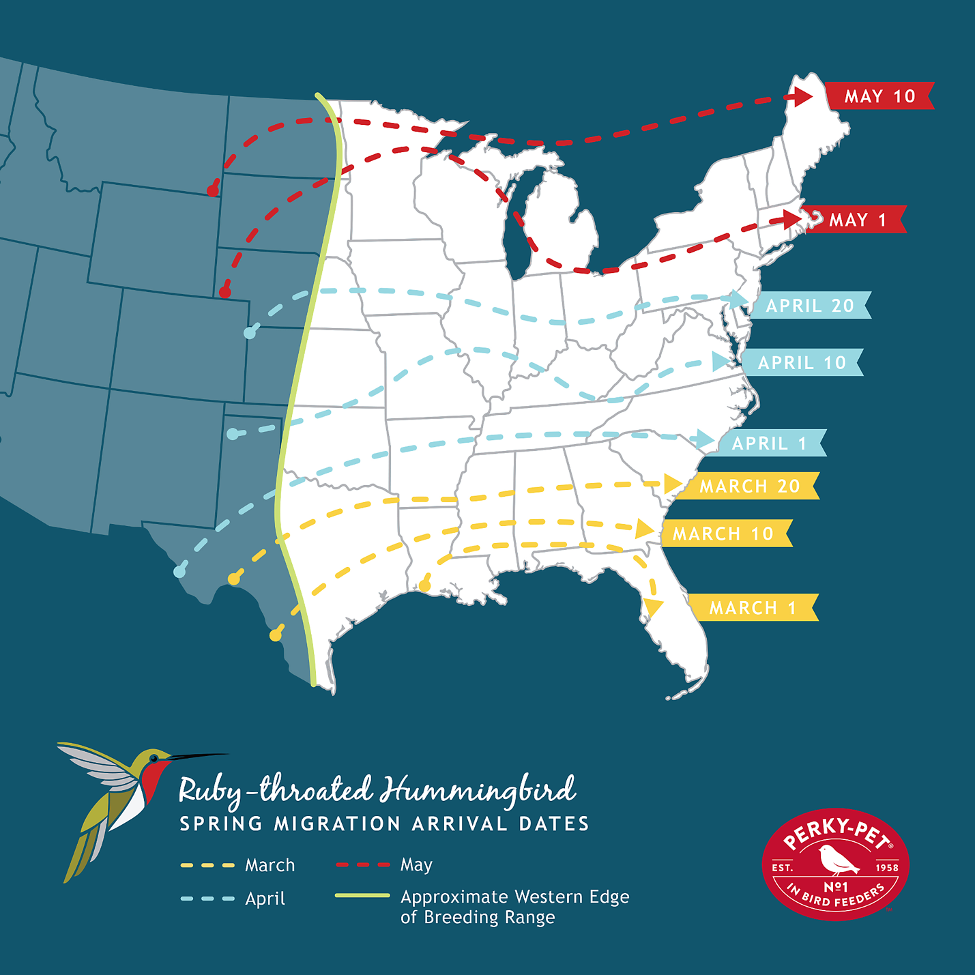This course was taught by Dr. Henkanaththe Gedara and focused primarily on Ecology. This class was a great class that involved lots of skilled writings, research, and analytical videos. The paper i have decided to share was a general audience paper that I had written based off of my Fall Showcase project that focused on Ruby-Throated Hummingbirds.
Dylan Scordellis
November 18, 2020
Bio 251
Spring has Sprung for the Hummingbirds
As of 2019, spring began on March 19, 2020 which is the earliest arrival in over 124 years. What causes this phenomenon? Is an earlier spring harmful or dangerous to our world? This can be answered with one simple statement, climate change. Climate change has caused our earth to permanently increase in temperature over the years This can lead to plants blooming early and for animals to migrate at earlier times. A species of hummingbird known as the ruby-throated hummingbird has begun to arrive at their migrated areas earlier due to changes in global temperatures.
To figure out whether or not this statement was true, several factors were taken under consideration. For starters, we began to look at the overall patterns of climate from 2010-2019 to see if there have been any significant differences in the average climates during the hummingbird’s migratory months (March-May). With this research and data recording, there has been major findings in relation to the species first arrival date and the average climate for that specific year. In other words, as temperatures were higher during a specified year, the hummingbirds have an earlier first arrival by roughly 1-2 weeks.
In addition to the earlier first arrivals, as climates reach higher peaks, the phenology of organisms shift. However, if plants were to bloom early and animals were to migrate early, then this could result in an overall earlier spring.

With all of the data presented, we believe that the climates will only get warmer which will cause these species of hummingbird as well as other animals to continuously migrate earlier. To further pursue this research, more studies should be conducted on other plant and animal species to see if the results are similar. This will be proven by focusing on first arrivals or migratory species as well as recording first arrivals of the ruby-throated hummingbirds. To do so, we recorded the Julian Day as well as the time of year.
In conclusion, areas that are experiencing typically warmer climates are resulting in earlier first arrivals of these hummingbirds. This could potentially relate to changes in other organism’s phenology such as earlier plant blooms. If further research is pursued on this matter, the main focus would be on more than five states to expand our knowledge on the overall movement of the ruby-throated hummingbird within the US.
